We often buy cookware, not being aware of the materials used for its construction, whether it’s harmful or not – and it’s all because we’re led by the price.
In reality, the best cookware is the one that suits our habits and needs in the kitchen.
It’s quite common for people to talk about healthy and harmful foods, but we lose out of sight the importance of good cookware.
A lot of harmful toxins can be released from pots, pans, saucepans, and baking trays, so it’s of utmost importance to get yourself familiar with the safety of these materials.
So, how do we choose the safest cookware for our health?
Below is a list of materials used for making cookware, and their advantages and disadvantages.
Glass

Glass is made from a natural substance and it’s widely considered to be one of the healthiest materials for cooking.
There are no harmful chemical reactions to the food.
The cookware made from fireproof glass is easy to clean and can withstand high temperatures, but you should avoid sudden changes from hot to cold because this can break the glass.
- Made from a natural material
- Doesn’t react with the food
- Easy to clean
- Withstands high temperature
- Vulnerable to sudden temperature changes
Enamel
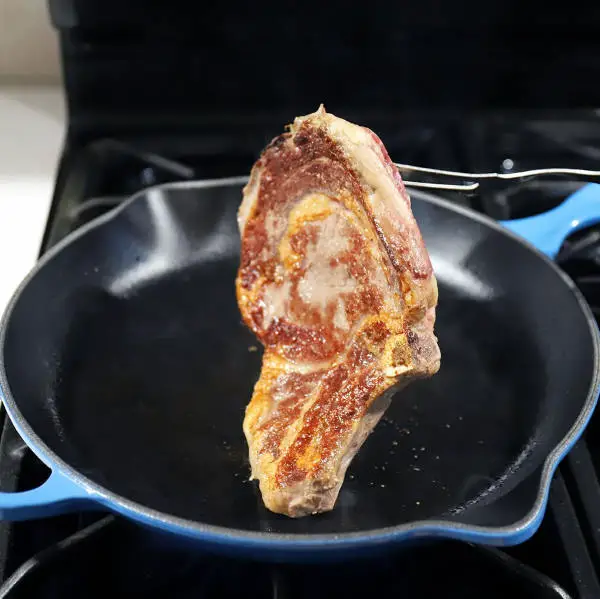
Enameled cookware is made from metal (iron or steel), and from the outside, it’s covered with a layer of enamel.
Speaking in simple terms: it’s a glass that is, by a process of melting, being “glued” onto the metal
The enamel layer protects the food from contacting the metal.
I avoid this type of cookware of poorer quality because it has a really thin layer of enamel that can break quickly, leading to metal reacting with the food.
- The outer layer is made from glass
- The coating layer is quite thin in low-quality cookware and brakes relatively quickly
Ceramic

Cookware made completely from natural ceramic is considered ideal for cooking and serving.
The only flaw is it’s very sensitive, so there should be proper handling.
There’s a difference between real ceramic and the dishes which are in fact metal, but only have a thin layer of ceramic.
The biggest advantage of ceramic cookware is that, when it gets warmed up, it becomes even more resistant!
- One of the safest materials for making cookware
- When heated up, it becomes more resilient
- Fragile
Clay

Cooking in clay cookware has maintained its longtime glory and is said to be very healthy.
New clay cookware should be heated and seasoned prior to first use. Let it sit for a few hours and then wash it with lukewarm water.
Clay bowls should always be washed with lukewarm water and dried on the stove – never use detergent on this kind of cookware.
However, this type of cookware can be quite pricey.
- Extremely healthy material
- Natural material
- Always needs to be seasoned before use
- Never use dish soap or other detergents – sometimes it’s hard to remove all the fat this way
- Expensive
Stainless Steel (Inox)
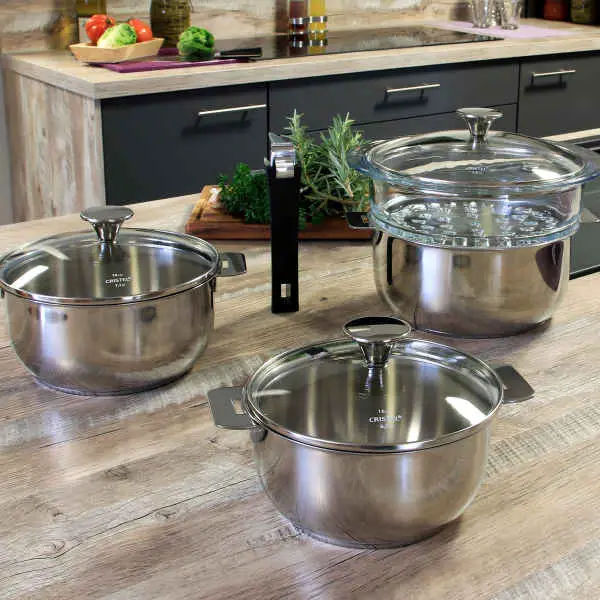
Mostly made from steel, it can also contain small quantities of chrome and nickel, which make it resistant to rust.
In my experience, it nicely withstands high temperatures, without any harmful reactions and I’ve seen it on many “healthy cookware” lists.
However, you should be cautious while washing this kind of cookware, because abrasive agents and tough scrubbing can cause the release of nickel and chrome, so it’s better to wash it just with a sponge.
- Relatively cheap
- Abundant
- Withstands high temperatures
- Leaches toxic materials if scrubbed too hard
- On its own doesn’t conduct heat all that great and other materials (like copper or aluminum) need to be added
Cast Iron
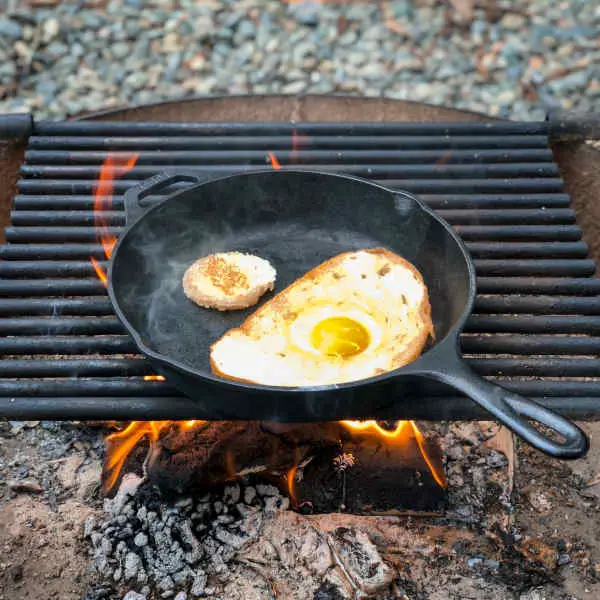
Most cookware made from cast iron comes with instructions on how to season it before use. That way you’ll protect it from rust and the food won’t stick to it.
A big advantage is that you won’t need too much oil while cooking.
This material is the best for roasting, while fluid and sour food can react with iron.
Even though cast iron cookware can be heavy, food doesn’t burn on this material – it slowly heats up and slowly cools down.
They are also resistant to very high temperatures, making them ideal for outdoor activities such as camping.
- Durable
- Even heat distribution
- Need little to no oil for cooking
- Quite heavy
- Needs often seasoning
- Sour food tends to react with the iron
Copper
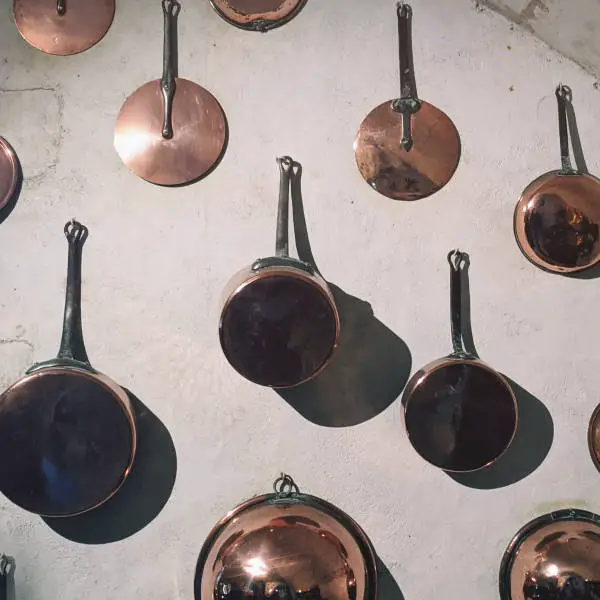
Old copper cookware releases metals into the food, but modern industry solved this problem by covering the outer part with a layer of stainless steel, which blocks the unwanted metal-food relationship.
This cookware is expensive and certainly not something everyone has in their home.
It’s a favorite among professional chefs because copper’s a great thermal conductor and it allows for fast and controlled food preparation.
- One of the best heat conductors
- Expensive
- Old and scratched cookware reacts with the food while cooking
Aluminum
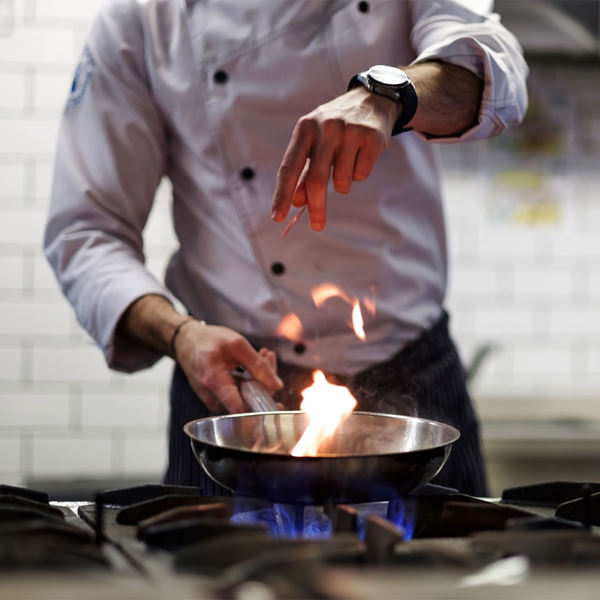
Aluminum cookware is light and practical, but it’s been proven that it releases aluminum into the food thus contaminating it.
It’s not recommended for cooking and neither is aluminum foil.
A safer option could be hard-anodized aluminum cookware, but if it gets scratched, there will be undesired contact with food.
- Lightweight
- Abundant
- Cheap
- Aluminum is one of the most toxic cookware materials
- Leaches aluminum into the food while cooking if brushed too hard
Teflon/Non-stick

The all-loving, nonstick Teflon.
Every house has some kind of cookware that has a layer of Teflon.
But, recent studies show that it can be bad for you, especially if you’ve scratched or damaged the layer somehow. Whether this is actually true, is debatable.
At high temperatures, Teflon starts to decompose and release toxic compounds like PFOA (Perfluorooctanoic acid) which is considered to be a carcinogen.
- Nonstick
- Quite common
- Affordable
- Deteriorates when exposed to high temperatures
- Releases carcinogenic toxins when scratched
Plastic
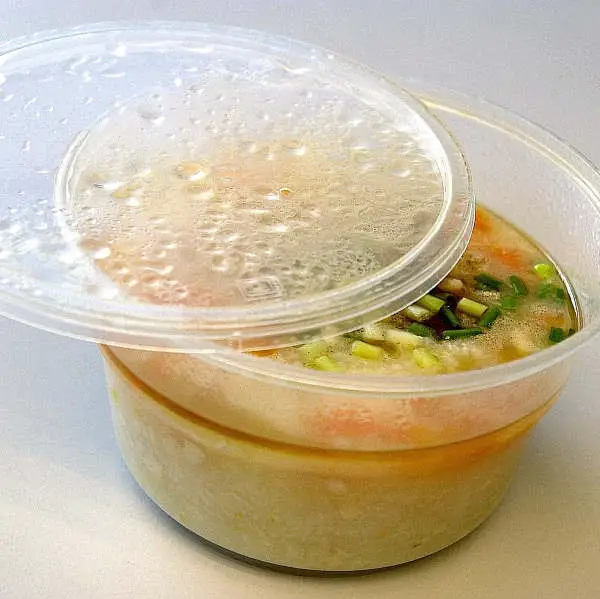
While not exactly used for making cookware (it’s used mainly for storing food), it’s still worth mentioning here as it releases harmful chemicals, like phthalates, so this material isn’t recommended.
I personally tend not to use plastic containers, bags, foils, etc. Some plastic dishes shouldn’t be used even in the microwave, because harmful compounds can be leached freely into the food.
- Cheap
- Plentiful
- Highly toxic
- Not all of it is microwave safe
Silicone
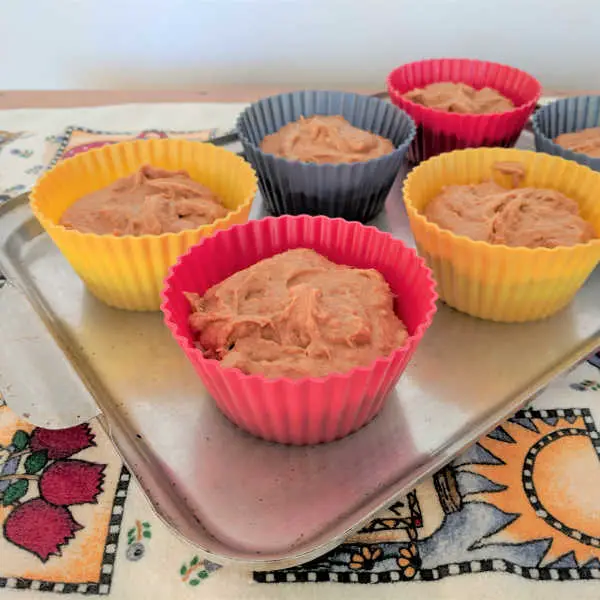
A synthetic gum that is used for baking molds, utensils, and handles.
It’s resistant to very high temperatures and practical for food preparation because of its nonstick surface and flexibility.
Interestingly, it doesn’t cause dangerous chemical reactions with food.
Also, this material doesn’t deteriorate and rusts away.
- Resistant to high temperatures
- Nonstick
- Flexible
- Doesn’t react with the food
- Doesn’t deteriorate over time
- Requires special care
- Baked-on food can sometimes be hard to remove
Healthy Cooking Begins With Healthy Cookware
You can say that the best cookware is the one you have money for.
Jokes aside, the one that suits your habits and needs is the best.
If you take good care of your pots and pans, then they’re perfect.
There are, certainly, many options and possibilities.
I believe that all of these should be used according to their strengths and weaknesses. Some food can taste better when cooked in a saucepan made from a certain material.
But, the most important thing to remember is to be careful, since the food we cook goes into our bodies.
Don’t forget to throw away damaged cookware, because food preparation in them can be dangerous.
Also, bear in mind that a good choice of cookware significantly affects the quality of your diet, sometimes even more than the food you buy.
📌 Pin Me for Later Reading! 📌
I recommend you to save it to Healthy Cooking, Safest Cookware or Non-toxic Cookware.

Tell me in the comments:
- What is your preferred cookware material and why?
- Do you care about what you put in your body?

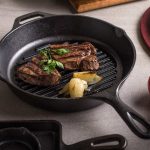

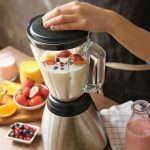
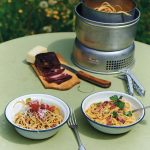
Be the first to comment